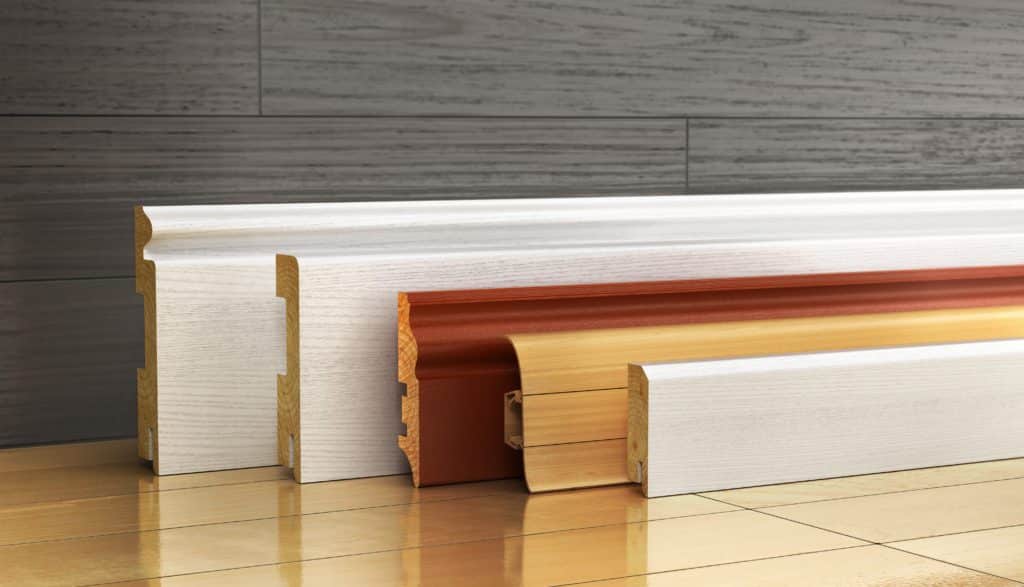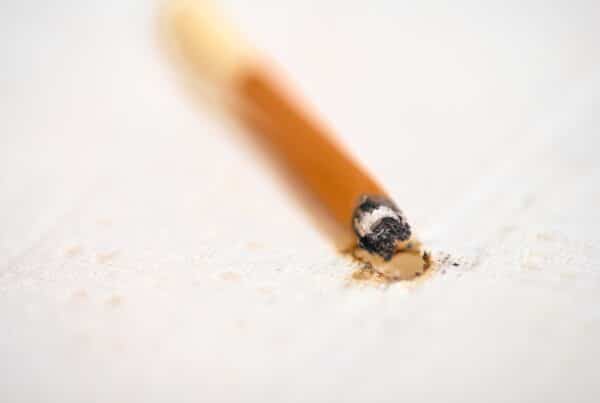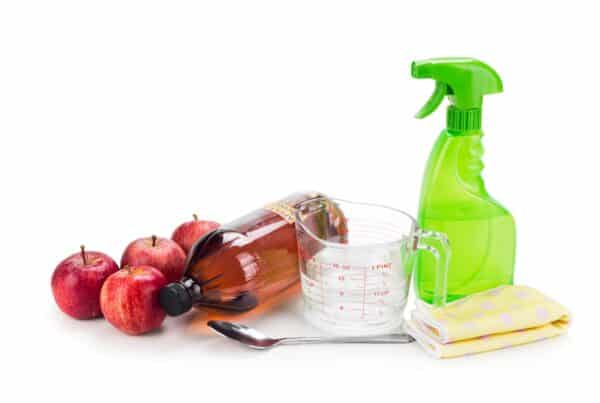
Your home is getting up there in age and you begin to notice little areas that need some fixing or upgrades.
While checking your house top to bottom to see what potential repairs you might have, you notice that the caulking on your baseboards is peeling away and cracking.
Do you caulk baseboards and how? The answer to both questions is yes and it’s a simple task. We will go over the steps below. However, if you don’t have the time or the ability, you can call a professional.

What Is a Baseboard
For those of you that are not familiar with the housing terminology, a baseboard is a piece of long wood that is usually purchased pre-fabricated and in various lengths.
They are typically 3″ to 8″ tall and run along the interior floor of your home against your walls. However, baseboards can also be called other terms such as wainscoting, base molding, or floor molding.
Special Tools Needed to Caulk Baseboards
There are specific items that you will need to assist you with the project. Let’s run down the list of items.
- Caulking gun-holds the caulk and allows you to squeeze the caulk out of its tube at your own pace
- Caulk
- Plastic gloves for hand protection
- Drop cloth to protect your floor
- Caulking tape to protect your wall
- Touch up paint that matches the wall paint
- Wire brush for cleaning
- Vinegar for cleaning
- Putty knife for scraping away old excess caulk and paint
- Utility knife to cut open the caulk tip
- Vacuum for clean up
- Liquid caulk remover for clean up
- 3 in 1 tool for smoothing out the caulking beads
Does The Type Of Caulk Matter
Believe it or not, caulk comes in a variety of options and you can choose interior or exterior, various colors, and paintable or not paintable.
It is amazing the varieties available to you for choosing a caulk to fit your needs. Also, it is highly recommended that for this project you select a paintable, interior, latex, caulk that matches the color of your baseboards.
Cost for Caulking the Baseboards
All of the materials needed for this project can be purchased at your local hardware store. The prices will vary depending on what tools you need and what your contractor quotes.
Additionally, the national average depends upon the linear foot of your home baseboards. You are looking at anywhere between $175 to $420 for this project.
Keep in mind that if you choose to do this project yourself the costs go down significantly. This is because you aren’t paying a labor charge.

Paint Before or After Caulking Baseboards
It is best to paint after you caulk your baseboards. This project can become a bit messy at times and if you want a clean professional-looking line on your baseboard trim, you will paint afterward.
Steps For Caulking A Baseboard
You will want to make sure that you follow the step-by-step process for applying caulking to your baseboards. This will allow you to have fewer mistakes and give the caulking time to dry correctly.
- Scrape away any excess paint or caulk from the area of the baseboard that you are caulking.
- Clean the area with a shop vac and warm water. This allows a smooth surface for the new caulking to be applied.
- Place a drop cloth down on the floor next to the baseboard. This will protect your flooring.
- Tape off the wall with painter’s tape at the top joints of the wall and baseboard connection.
- Slice the caulking tip with your utility knife and place the caulk into the caulking gun.
- Begin caulking with a slow smooth run of the caulk across the joint area of the baseboard. As you apply the caulk, you will go back over it with your 5-in-1 tool to smooth the caulk beads down and even against the baseboard joints.
After You Finish Caulking
Over the next hour or so, you will allow the caulk time to dry. You will want to go back over the caulked areas to see if the caulking shrunk at all. If you spot any holes from the shrinkage, then reapply more caulk to that area.
Once the caulk has dried, you will peel off the painters’ tape that was protecting your wall.
Then you will reapply new painter’s tape to the caulked area of the baseboards so that you can re-paint any areas on your wall that were dirtied up by the caulk during this project.
If you are a visual learner, then please take a look at this video that highlights the steps.
Other Maintenance in the Home
After you caulk your baseboards, take a look at the windows in your home. Do your windows leak when it rains? If yes, there could be an issue with the caulking or sealant so you will want to fix that.
Next, head over to the bathrooms in your home and take a look at the toilets. Do you notice them leaking water at the base? The toilet might need more caulking to create a seal. However, it could be the T-bolts, lid, or wax ring causing the leak at the base so you will want to check out those areas.
Lastly, while you are spending a lot of time by the walls in the home, check the walls to make sure there are no moisture spots. If you do see moisture spots, make a note of where it is and hire a professional inspector who uses thermal imaging to find the source. Make sure you are taking a look behind the baseboards, as well as above them on the wall. If you do see spots, this is something that needs to be taken care of quickly.
.
When Do I Call A Professional
You will want to call in a professional when you do not feel that you have the time or the patience to caulk the baseboards. As you know, they are on the floor level and some people cannot get down on the floor to do this project.
You will want to consult your local professional before attempting this project if you are unsure of how to do it.
Conclusion
It is best to consult a professional contractor on this project. Not everyone is capable of getting up and down off the floor to caulk a baseboard. Although it seems like an easy project, it could be very time-consuming and messy if not done correctly. Boggs Inspection Services can check your baseboards during a home inspection in the Olympia, Washington area.



